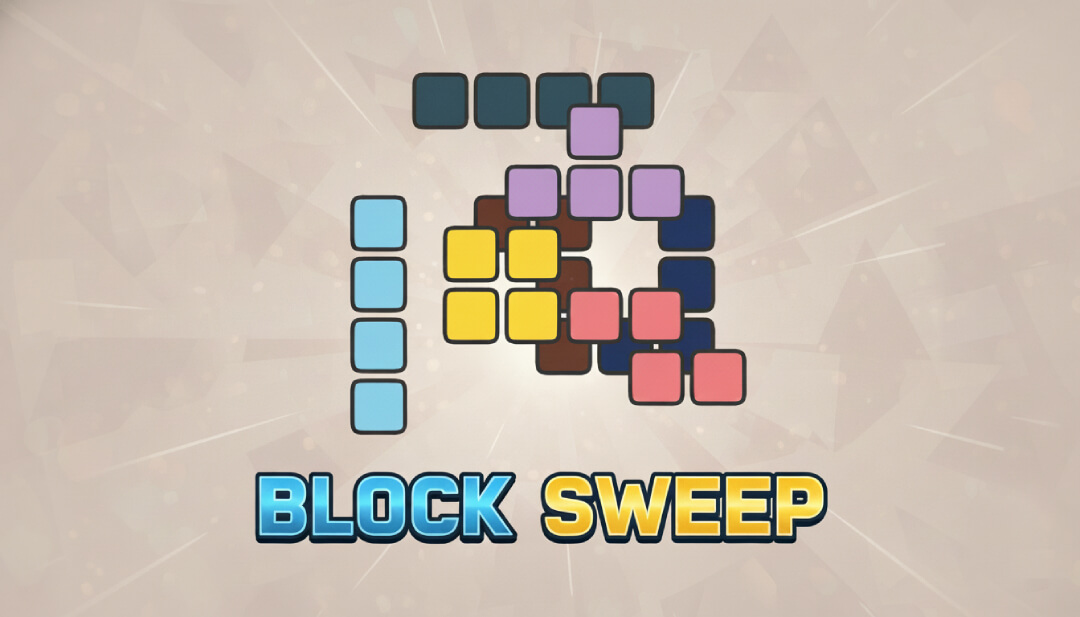This document contains the specification for the Language Model User Interface (LMUI) Protocol, a standardized method for enabling rich, interactive user interfaces within conversational AI experiences.
Modern Language Models (LLMs) are incredibly powerful, but their primary mode of interaction is plain text. This leads to several limitations:
- Ambiguity: Free-form text input can be ambiguous, requiring multiple conversational turns to clarify user intent.
- Inefficiency: For tasks like filling out forms or making a selection from a list, typing is far less efficient than using graphical UI elements.
- Limited Experience: The user experience is confined to that of a command-line interface, which is not ideal for many applications.
There are many existing component libraries that allow for rich, interactive user interfaces, but they are not standardized and are not easily integrated into existing chat interfaces.
The LMUI protocol addresses these issues by defining a simple, extensible contract that empowers the LLM to request information using UI components directly within the chat interface. Instead of only responding with text, the LLM can also send a structured payload describing one or more UI components to be rendered by the client.
This enables richer, more efficient, and more intuitive conversational flows.
The interaction follows a clear, cyclical path, as illustrated below. This flow allows for a request-response cycle where the response can be an interactive form.
The LMUI protocol is designed to be flexible. The server is responsible for the what (data and the type of UI component), but the client is responsible for the how (the final presentation and interaction). This creates a clear separation of concerns.
A well-designed client should:
- Render components that feel native to its platform (e.g., iOS vs. web).
- Implement user-friendly interaction patterns, like the "Submit" button, to prevent errors and improve clarity.
- Handle component state, such as disabling a form after submission.
This architecture ensures that the LLM can provide powerful interactive capabilities without being tightly coupled to the client's specific UI/UX implementation.
→ For a detailed breakdown of all supported component types, see the Component Specification Document.
The server sends a JSON object that can contain both a text response and an array of UIComponent objects.
- response_text (string): The text to display to the user.
- ui_components (array): An array of UIComponent objects.
Example UIComponent objects:
After the user interacts with the form and submits, the client sends a JSON object containing the results.
- interaction: An object containing:
- type (string): Should be form_submission.
- values (object): A key-value map where keys are the id of each component. The format of each value depends on the component's type (see the Component Specification for details).
Example:
The protocol is designed to be extensible. While this specification currently defines components for text input, selection, sliders, and more, the schema can easily be expanded to support a wider variety of elements. Future versions could include:
- Date & Time Pickers: For selecting specific dates, times, or ranges.
- File Uploads: To allow users to send files.
- Standalone Buttons: To trigger specific actions outside of a form submission.
- Static Image: To display a static image.
- Richer User Experience: Moves beyond plain text to create modern, graphical, and app-like experiences.
- Reduced Ambiguity: Selections from lists or forms provide structured, unambiguous data to the LLM.
- Increased Efficiency: Reduces the number of conversational turns required to complete a task.
- New Capabilities: Unlocks new use cases for LLMs, such as configuration wizards, complex form filling, and interactive tutorials.
This repository contains a reference implementation of the LMUI protocol, built with Next.js and ready to be deployed to Vercel.
- A clean, modern chat interface.
- A mock "LLM" that responds with interactive forms when specific keywords (e.g., "book a flight") are used, following the protocol specification.
- Dynamic rendering of forms containing multiple component types (text_input, interactive_select).
- Submission of structured data back to the mock LLM.
The reference implementation is located in the /demo directory. To run it locally:
-
Navigate to the demo directory:
-
Install dependencies:
-
Run the development server:
-
Open http://localhost:3000 in your browser to see the application.
.png)




